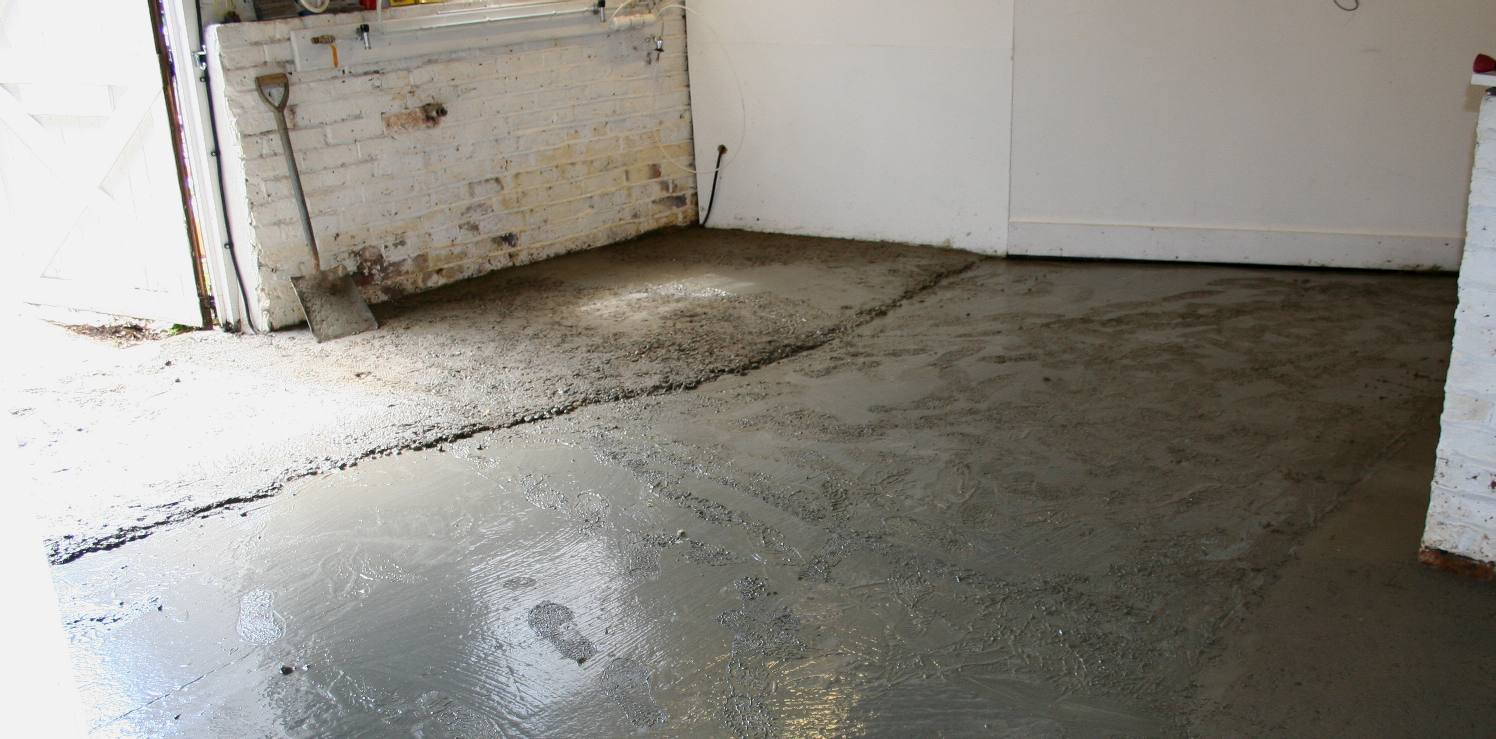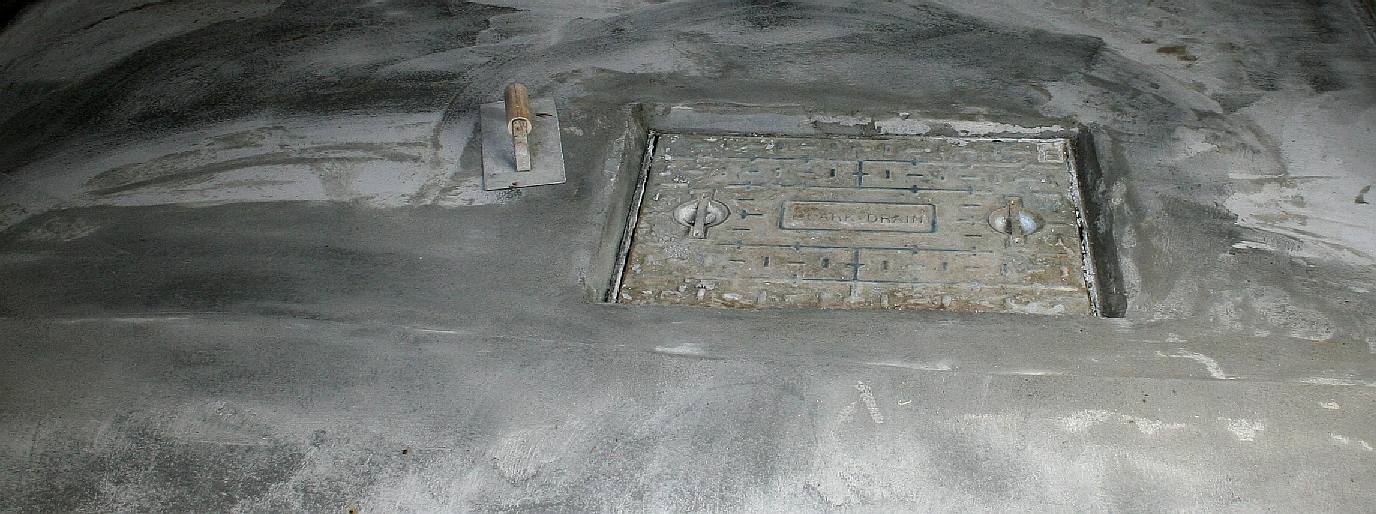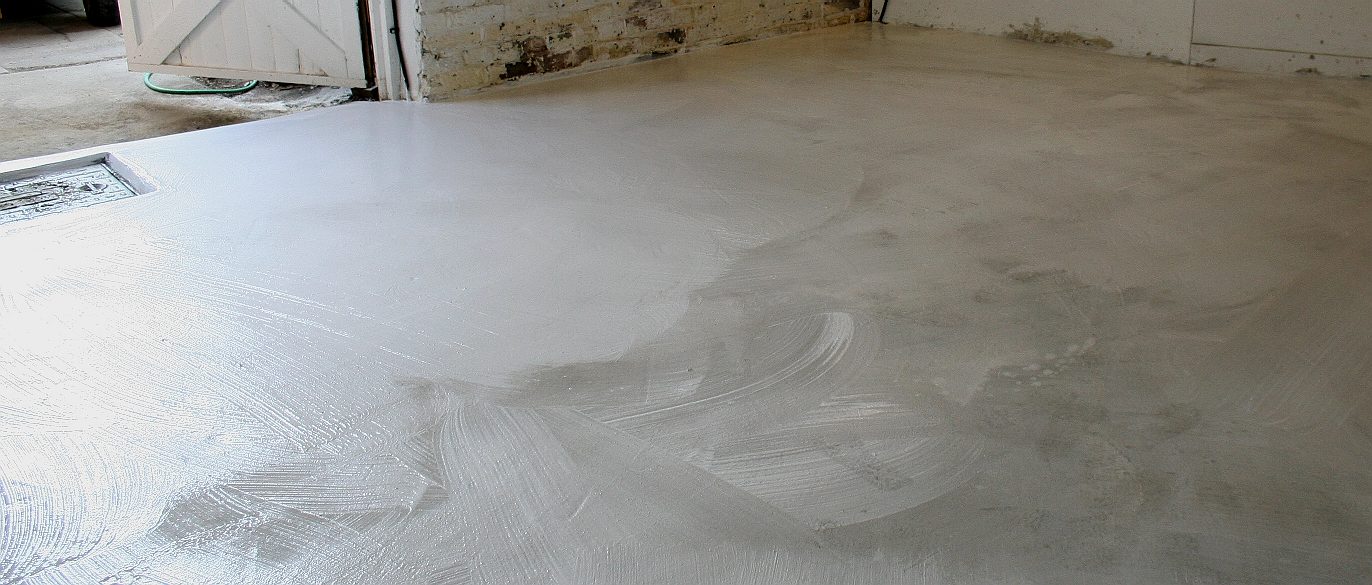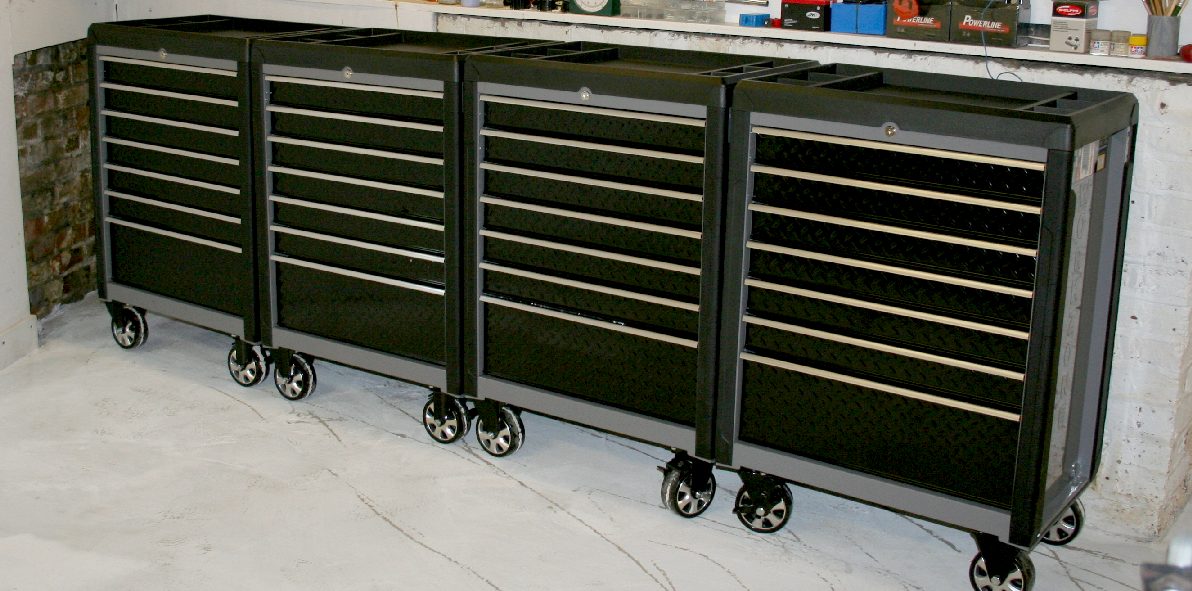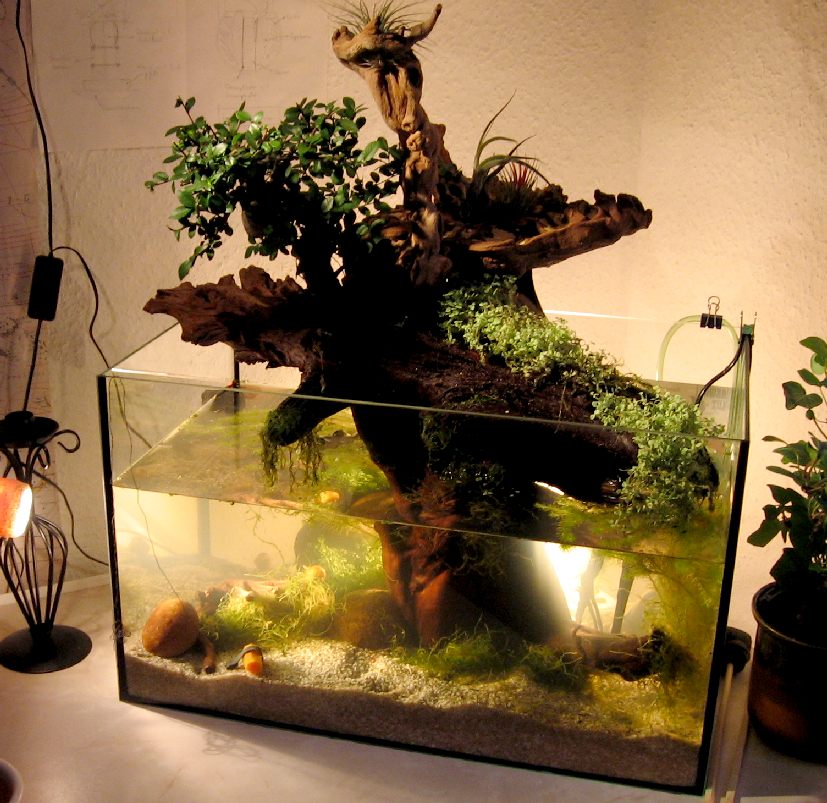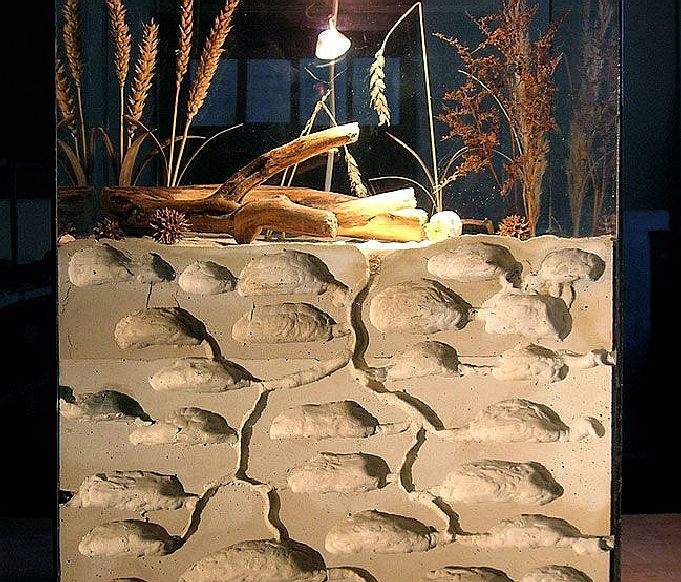|
THE FORMICARIUM - ANT FARM
|
|
|
STUDIO - A studio with space to move is essential for making the composite artwork to make your robot ant look lifelike, as is a clean working environment for the electrics, electronics and the ability to test the DinoBot. Where Dino is just short of 3 meters long and 2 meters wide, a room the is large enough to drive the vehicle - or at least a room with clear access to the outside world will help development.
A formicarium is usually a small vivarium (Latin, literally for "place of life"; plural: vivaria or vivariums) is an area, usually enclosed, for keeping and raising animals or plants for observation or research. Often, a portion of the ecosystem for a particular species is simulated on a smaller scale, with controls for environmental conditions. A vivarium may be small enough to sit on a desk or table, such as a terrarium or an aquarium, or may be a very large structure, possibly outdoors.) designed for the study of ant behaviour. This has become a popular hobby. The study of any behaviour is known as myrmecology.
Our formicarium is a laboratory to allow us to develop and build the world's largest robot ant (to date). Our prototype is called Dino. Dino is a DinoBot. Unlike the Transformer dinosaur robots that are fictional rather than physical, our DinoBot is, as you can see, real and is to be fully functional in that is can walk, pick up objects in its jaws, see you and more .....
This laboratory doubles up as a studio and production unit to allow us to fabricate the components, complete artwork on the body shells and to conduct tests in private, should patents need to be filed at a later date - a near certainty once the various movements and drive train are perfected.
We started with a damp unit that had a very uneven concrete floor and open drains. This is hardly conducive to the making of advanced robots incorporating electronics and computers, so we had first to screed the floor and enclose the open drains with a manhole cover. The walls needed to be injected with silicone fluid at high pressure to create a damp proof membrane or DPC - and then the unit painted so that it is easier to focus on the work piece, not lose parts, etc.
Before any of this could take place, real ants were kept and studied to see how they move and interact. A real Bulldog ant specimen was measured optically for accuracy and large scale drawings produced so that a frame could be designed that could replicate most of the hexapod movements for smooth locomotion. Bear in mind that an insect has evolved over millions of years to be perfectly adapted to its surroundings, with muscles and ligaments for movements that are very difficult to replicate with simple rotary electric motors.
We would recommend that any engineer contemplating the construction of a large hexapod machine, should study ants in the wild or at least keep ants for a while to get to know the subject matter.
CONCRETE - There was a significant incline in the floor of this unit that was previously used to dry timber. Please note that this photograph is copyright © Jameson Hunter Ltd 4 July 2017. You will need permission from Jameson Hunter to be able to reproduce it.
MYRMECOLOGY
DRAINAGE - There was an open drain fed from two directions that we needed to preserve access to for inspection and routine maintenance. Please note that this photograph is copyright © Jameson Hunter Ltd 4 July 2017. You will need permission from Jameson Hunter to be able to reproduce it.
HISTORY OF MYRMECOLOGY
SCREED - Using a relatively dry cement mix using sharp sand for strength, we set about floating in a level floor. You will need a long spirit level and to check the levels in all directions regularly. The task is relatively demanding needing a team of two men; one to mix consistently and the other with some experience to float the floor in. This photograph is copyright © Jameson Hunter Ltd 5 July 2017. You will need permission from Jameson Hunter to be able to reproduce it.
FORMICARIUM INNOVATOR
PATENT & SALES - EDUCATIONAL APPARATUS
TOWELING - Use a trowel to obtain a superior surface finish. The manhole cover that was proud of the floor us now subsurface. We will make a decorative wooden cover to complete the floor so that the levels are the same and yet access to the drains is preserved. This photograph is copyright © Jameson Hunter Ltd 7 July 2017. You will need permission from Jameson Hunter to be able to reproduce it.
ANT FARM TRADEMARK
SEALING - It is a good idea to seal the surface of the concrete with a good quality floor paint using at least two coats for a durable finish. The walls of this unit need to be injected with a silicone DPC where moisture is seen here creeping half way up to the wooden framed top section. Not long now before the unit is operational again. This photograph is copyright © Jameson Hunter Ltd July 2017. You will need permission from Jameson Hunter to be able to reproduce it.
STAND - A temporary support to able to assemble the legs was fabricated from an automotive engine stand. The legs of this robot are unequal in length just the same as the real ant that the designers are using as their template. This frame is made of heavy gauge steel because it is easy to prototype without having to worry about modifications. Once all the snags are worked out, the frame could be made of aluminium or titanium if a higher performance machine is needed. This photograph is copyright © Jameson Hunter Ltd July 2017. You will need permission from Jameson Hunter to be able to reproduce it.
TOOL STORAGE - To save space and make the most of a compact unit, four sturdy steel tool chests with sliding drawers were purchased from Aldi. The special tools and robot parts will be stored in these lockable units. The formicarium is also protected from intruders with alarms and surveillance cameras. This photograph is copyright © Jameson Hunter Ltd July 2017. You will need permission from Jameson Hunter to be able to reproduce it.
CONSTRUCTION
CONTAINMENT
Containing ants inside a formicarium can be a challenge. Several substances are used to repel the ants, including vegetable oil, petroleum jelly or PTFE (Teflon), which are applied to the side of the formicarium to prevent escape, as most ants cannot walk on these slippery or sticky surfaces. Despite this, some species of ants can build bridges of debris or dirt on the substance to escape, while in other species some individual ants can walk on the substance without impedance. Formicarium owners often make use of two or more security measures. Another escape-prevention technique involves placing the entire formicarium in a shallow container of water, creating a moat.
WATER
BARRIERS - [LEFT] The base on this formicarium uses a large water bowl as a barrier, on it a slightly smaller bowl as an arena. Four bamboo
supports form a tower with different levels and hold in the center a glass ball with the actual Formicarium
that the maker calls his: AntEarth.
In this shallow "earth crust" the ants could build their nest and at the same time be observed through the glass. The gypsum not only had the function of forming a narrow gap for the sand but also to distribute moisture from the water reservoir in the central glass cylinder.
[RIGHT] The same builder made an aquarium based mini world where aquatic life would complement the ant farm that lived above the artificial moat like a small island. A suitable basin and some wood and root parts were sourced in specialist stores. A tribe-shaped piece of wood was chosen as the base on which the island was built. This stem was fixed to the plexiglass plate with VA screws to make a strong foundation. On the trunk different levels were built out of wood. A special feature is still available with the filter system. Since there were not many water dwellers, the keeper did not want to include a complex filter system, instead a simple aquarium pump feeds the water at two points up into the country part.
KEEPING ANTS
Keeping ants as pets has been a common hobby since the mass-marketed Uncle Milton's Ant Farm achieved commercial success in the late 1950s, though these ant farms did not include a queen ant for legal reasons. U.S. Federal law prohibits shipping live queen ants in interstate commerce. The reason for this is if it escapes into the wild and starts breeding, it could be in an area where it has no predators and could breed to astronomical levels, or interfere with local insects causing ant wars that could cause injury to humans and animals.
STARTING OUT
There are differing methods of starting, caring for, and housing an ant colony. You can simply capture a few ants and put them in a jar with some earth and in very short order they will make a nest with umpteen tunnels. Unlike humans they work tirelessly and together for a common goal. Having made themselves a home they need food to survive and continue to entertain you with their antics.
Or, you can start with a fertilized queen ant that you can buy if you cannot find one at the start of summer locally. In the UK this is fine except for the wood ant. In the USA make sure that your seller is from your area and that you are buying a native species.
HOW
TO FIND A QUEEN ANT
HOUSING
THE QUEEN ANT
MOVING HOME
CARE
& FEEDING - DIETARY NEEDS
THE LAW ON ANT KEEPING
A Sectasaur™ (thawed) - now on permanent display at Herstmonceux Museum, in Sussex, England.
ANTICS - ARDUINO - ARMOUR - ARTWORK - BIPEDAL HUMANOIDS - BLACK BOX - CHAT GPT - ELECTRONICS - ENERGY - FRAME - FORMICARIUM HEAD - INVISIBILITY - JAWS - KITS - LEGS - MECHANICS - MOTORS - MOVIE - RASPBERRY Pi - R/C DRONE - SENTRY - SOFTWARE SIM CARDS - SMARTPOHNES - SOUND PROOFING - SPACE ROVERS - SPEED - STEM - SUSPENSION - TAIL - WEAPONS - WARGAMING
|
|
|
This website is Copyright © 2023 The design of the Robot Ant on this page is design copyright © December 15 2015, all rights reserved - Jameson Hunter Ltd. IMPORTANT NOTE: Under no circumstances may our products, or those of Jameson Hunter Ltd, be used by any military or law enforcement organization, for any warlike, combat, or peacekeeping crowd control purposes. Anyone purchasing one of these units will be required to sign a binding undertaking (Deed) to that effect. Any unit found to have been purchased by proxy, will be confiscated, along with civil remedy in respect of breach of contract, that all parties in the chain will be vicariously liable for - to include damages for vehicles developed from our designs without our consent - and possible fraud issue from the deception. In addition to copyright theft, the law of passing-off applies.
|

